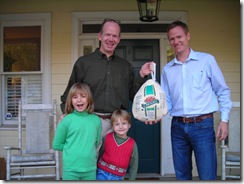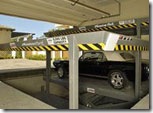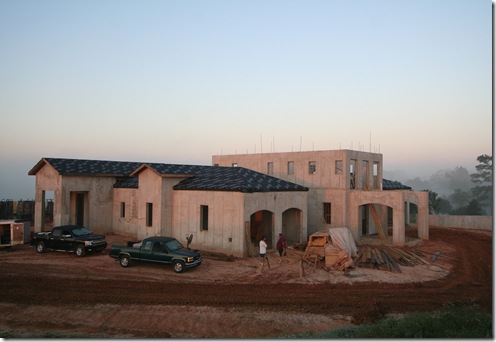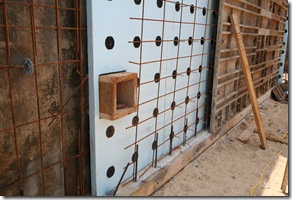I am an avid reader of non-fiction books, books about management, marketing and self-improvement. I also enjoy biographies and autobiographies of great leaders and business people. Biographies and autobiographies will often reveal the specific steps that a particular person took to achieve success. These stories can be very informative and inspirational.
| “Is this Great Recession that we find ourselves in our own ‘catastrophic setback’ that is so common in most stories of success?” |
I am wrapping up Conrad Hilton’s autobiography “Be My Guest” (available for free at any Hilton hotel). He made the biggest investment of his early career by breaking ground on a huge hotel on the eve of the Great Depression. On multiple occasions during the following years of the Depression, he was on his last dime. There were many instances where defeat was almost a certainty. But through it all, he kept fighting – kept working hard and searching for ways that he, and his hotels, could succeed.
The common theme in all of the great biographies and autobiographies is:
- Early success,
- Catastrophic setback,
- Dogged determination to persevere, then
- Greater success.
The “Greater success” is usually much larger than the “Early success.”
You can see this theme in many successful men and women throughout history. Abraham Lincoln, Winston Churchill and Walt Disney faced adversity and persevered. Lance Armstrong and Donald Trump are popular contemporary examples. You can find other stories of success – not so famous but just as inspirational – right in your own neighborhood.
Is this Great Recession that we find ourselves in our own “catastrophic setback” that is so common in most stories of success? If it is, are you putting forth a “dogged determination to persevere?”
If you find yourself – like Conrad Hilton did – on the brink of defeat, don’t give up. There are always other ways to make it work; something else that can be done. The successes in life, whether famous or the person next door, are the ones that didn’t give up when things were bleak. They got up, worked hard, and had patience to see it through.
On a happier subject: It’s Christmas time! Be sure to take this opportunity to celebrate and cherish your time with your family and friends. Spend time laughing and enjoying the positive things in our lives.
Let the Holidays be your brief recess from your “catastrophic setback”. Then, after the New Year, get back to work with your “dogged determination to persevere.” After all, your “greater success” is waiting for you.
Merry Christmas,
| “With soils and foundations being the most difficult part of my job, I need a professional company that knows what they are doing. Herbert Construction Company is the most professional foundation contractor I have worked with.” |








![clip_image002[5] clip_image002[5]](http://lh6.ggpht.com/_ZU05E-vp9U8/TQuDXISWm1I/AAAAAAAAAj8/QtI1XXvrSpM/clip_image002%5B5%5D_thumb%5B7%5D.gif?imgmax=800)



![clip_image002[14] clip_image002[14]](http://lh6.ggpht.com/_ZU05E-vp9U8/TOqhaPT360I/AAAAAAAAAjI/KJS7qv543NY/clip_image00214_thumb6.jpg?imgmax=800)
![clip_image002[8] clip_image002[8]](http://lh6.ggpht.com/_ZU05E-vp9U8/TOqhbYr6fBI/AAAAAAAAAjQ/jT77tCTRFlU/clip_image0028_thumb7.jpg?imgmax=800)

![clip_image002[16] clip_image002[16]](http://lh6.ggpht.com/_ZU05E-vp9U8/TOqhfuQV3mI/AAAAAAAAAjk/xmCrt1M60WM/clip_image00216_thumb1.jpg?imgmax=800)


